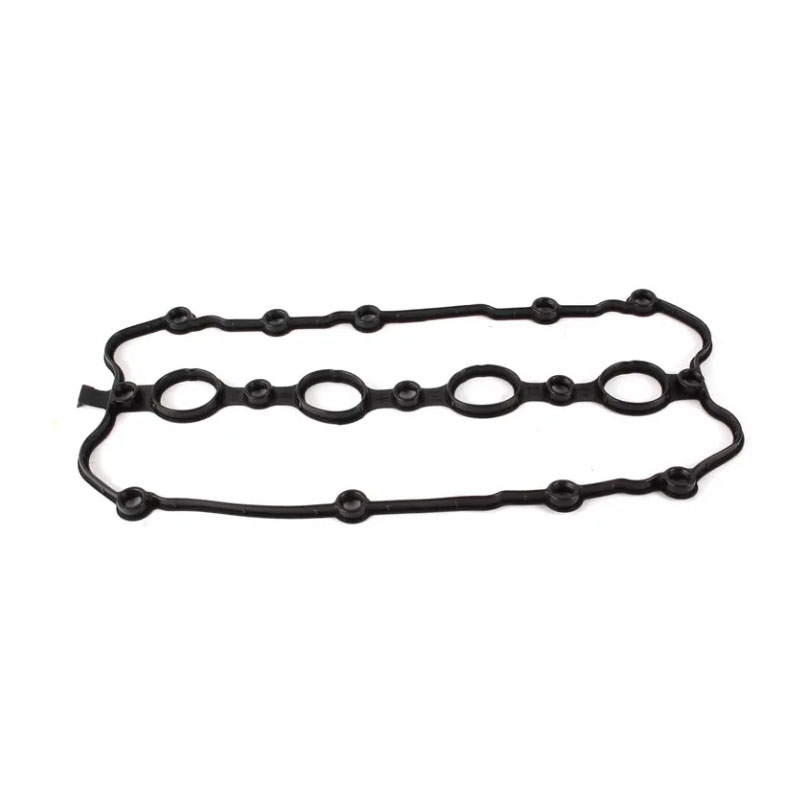Power Steering Rack Seal Kit Replacement and Maintenance Guide for Optimal Performance
Understanding Power Steering Rack Seal Kits An Essential Component for Your Vehicle
Power steering has become a standard feature in most modern vehicles, providing enhanced maneuverability and driving comfort. This sophisticated system employs hydraulic pressure to assist drivers in steering their vehicles, significantly reducing the effort required to turn the steering wheel. However, like any mechanical system, power steering systems are subject to wear and tear, often leading to leaks. This is where the power steering rack seal kit comes into play.
What is a Power Steering Rack Seal Kit?
A power steering rack seal kit contains a collection of seals and O-rings designed to prevent fluid leaks in the power steering rack. The steering rack is a critical component of the steering system, converting the rotational motion of the steering wheel into the linear motion necessary to turn the wheels. Over time, the rubber seals can degrade due to heat, age, and exposure to steering fluid, which can result in leaks that impair the efficiency of the power steering system. If left unchecked, these leaks can lead to loss of hydraulic pressure, making steering difficult and unsafe.
Importance of Power Steering Rack Seals
The primary function of power steering rack seals is to maintain the hydraulic fluid within the steering system. This fluid is essential for providing the necessary pressure to assist in steering. Even a small leak can lead to significant fluid loss, resulting in increased steering effort and potential damage to other components of the system. Furthermore, low fluid levels can lead to overheating of the power steering pump, which can cause further damage and result in costly repairs.
In addition to preserving the functionality of your power steering system, well-maintained seals contribute to the overall sustainability of your vehicle. By preventing leaks, you reduce the environmental impact associated with spilled fluids and keep your vehicle operating at peak performance. Therefore, it’s essential to regularly check and replace the seals as part of your vehicle's maintenance schedule.
power steering rack seal kit

Signs of Worn or Damaged Seals
It’s important for vehicle owners to be aware of the signs that indicate worn or damaged power steering rack seals. Some common symptoms include
1. Fluid Leaks Puddles of power steering fluid under the vehicle are a clear sign of leaks that may suggest deteriorated seals. 2. Steering Difficulty If your steering feels heavy or unresponsive, it may signify that the power steering system is low on fluid or compromised due to seal failure. 3. Unusual Noises A whining or groaning noise when turning the steering wheel can indicate that the power steering pump is struggling due to low fluid levels resulting from seal leaks.
4. Steering Wheel Vibration Excessive vibration in the steering wheel while turning may also hint at problems within the power steering system, potentially related to seal integrity.
Replacement and Maintenance
If you suspect your power steering rack seals are compromised, it’s crucial to address the issue promptly. A power steering rack seal kit is relatively inexpensive compared to the costs associated with extensive repairs due to seal failures. Typically, the replacement process involves removing the steering rack, replacing the old seals with new ones from the kit, and reassembling the system. While some car enthusiasts may undertake this task as a DIY project, others may prefer to enlist the help of a professional mechanic, especially if they lack the necessary tools or experience.
In conclusion, the power steering rack seal kit is vital for ensuring the longevity and efficiency of your vehicle's steering system. Regular checks and timely replacements can help avoid larger issues and contribute to a smoother, safer driving experience. Whether you opt for DIY repairs or professional assistance, staying proactive about your power steering system can make all the difference in maintaining your vehicle’s performance.
-
Understanding the Front Main Engine Seal: Purpose, Maintenance, and Installation
News Jul.29,2025
-
Understanding O-Rings and Seal Rings: Types, Applications, and Custom Solutions
News Jul.29,2025
-
Understanding Crankshaft Oil Seals: Rear Seals, Pulley Seals, and Their Role in Engine Integrity
News Jul.29,2025
-
The Importance of Front and Rear Crankshaft Seals in Engine Performance and Oil Management
News Jul.29,2025
-
Crank Oil Seals: Functions, Types, and Cost Considerations in Engine Maintenance
News Jul.29,2025
-
A Comprehensive Guide to O-Rings and Seals: Types, Materials, and Global Applications
News Jul.29,2025
-
Mastering Diesel and Performance Engine Maintenance: A Guide to Critical Oil Gaskets
News Jul.28,2025
Products categories















